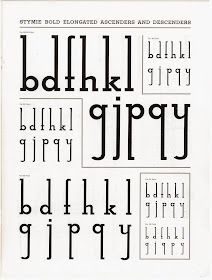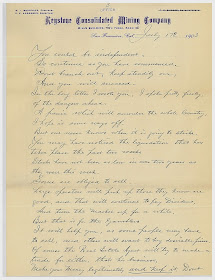Decades ago CHS wisely used Library Fund monies to purchase a small collection of papers of a little-known portrait artist from a Parisian book dealer. Although Bruce Kamerling used the collection in his deeply researched article on Leonardo Barbieri, "California's Leonardo: The portraits of Signor Barbieri" (
California History, December 1987), the papers remained uncataloged. Now cataloged, they present an intimate glimpse into the extraordinary life of Barbieri, and his friendship with the quixotic French count, Gaston Raousset-Boulbon, who led an ill-fated filibuster expedition to northern Mexico in hopes of establishing an independent republic of Sonora. After losing the Battle of Guaymas in 1854, the count was executed. Presumably his army (in which Barbieri may have served as a lieutenant) was scattered to the four winds. Barbieri hastened to Peru, where he founded an art academy.
 |
| Leonardo Barbieri, 1870, Leonardo Barbieri papers, MS 110, courtesy, California Historical Society, MS 110_001.jpg |
|
| The papers themselves are a multilingual, cosmopolitan mixture of French, Spanish, and Italian, beautifully written with more than a touch of melancholy. The letter pictured below, in Spanish, to an unidentified friend and pupil (probably Barbieri's friend, the Comte de Monclar) is Barbieri's impassioned defense of Raousset-Boulbon, written after Barbieri read a booklet about that count that inspired him with such strong emotions that he could no longer remain in silence ("...estando aún palpitando las fuertes emociones que acabo de experimentar, no puedo permanecer en silencio"). |
|
|
Barbieri describes Raousset-Boulbon with great respect and tenderness, as a jovial man with an undercurrent of quiet sadness that alarmed the artist: "su carácter era jovial, pero se dejaba [sentir] un mal estar, una sombría tristeza, que en varias ocasiones me alarmaba...." In 1853, Barbieri attempted to capture the Count's complex character in a portrait—which, remarkably, is found in the CHS collection as well. Looking at a reproduction of the painting, one wonders: was the Count a tragic figure (as Barbieri suggests), a quixotic fool, or a vicious opportunist? Is it possible for a man to be all of these things?
 |
| Leonardo Barbieri letter, undated, Leonardo Barbieri papers, MS 110, courtesy, California Historical Society. |
Marie Silva
Archivist & Manuscripts Librarian
California Historical Society
































